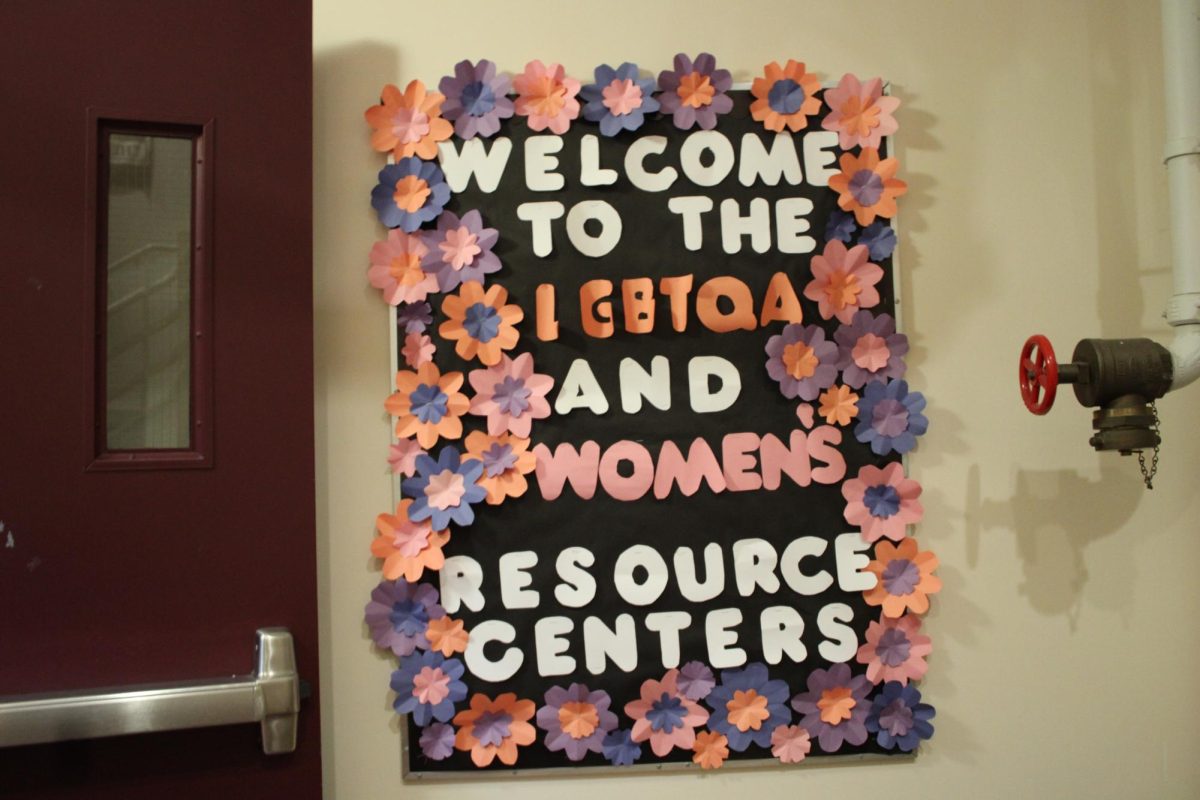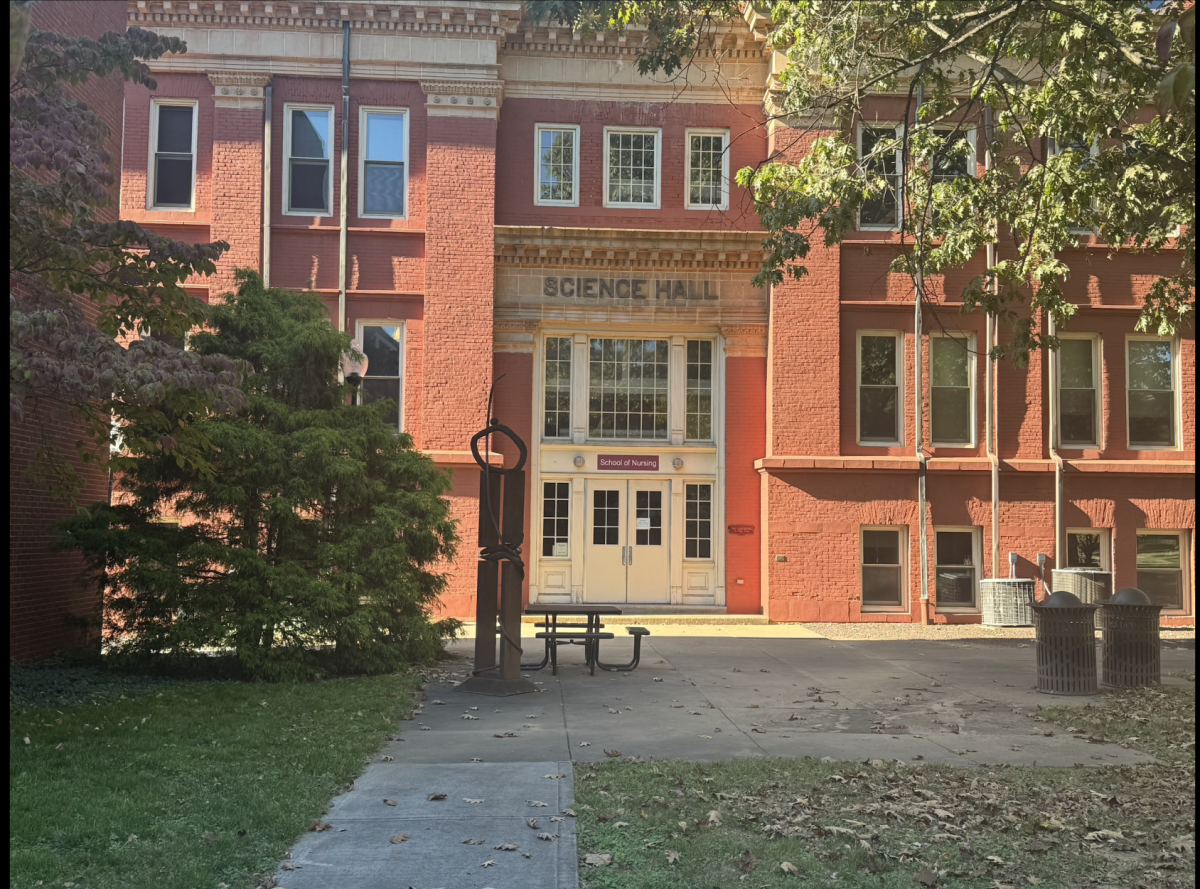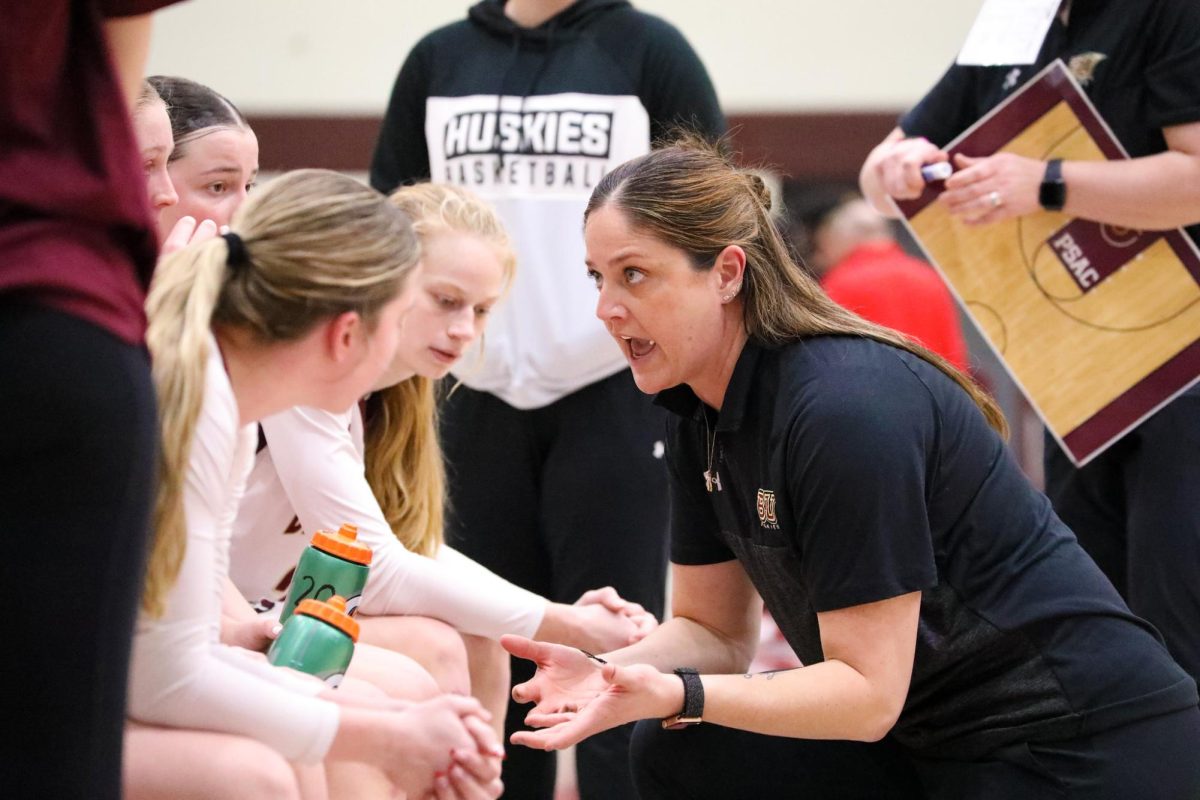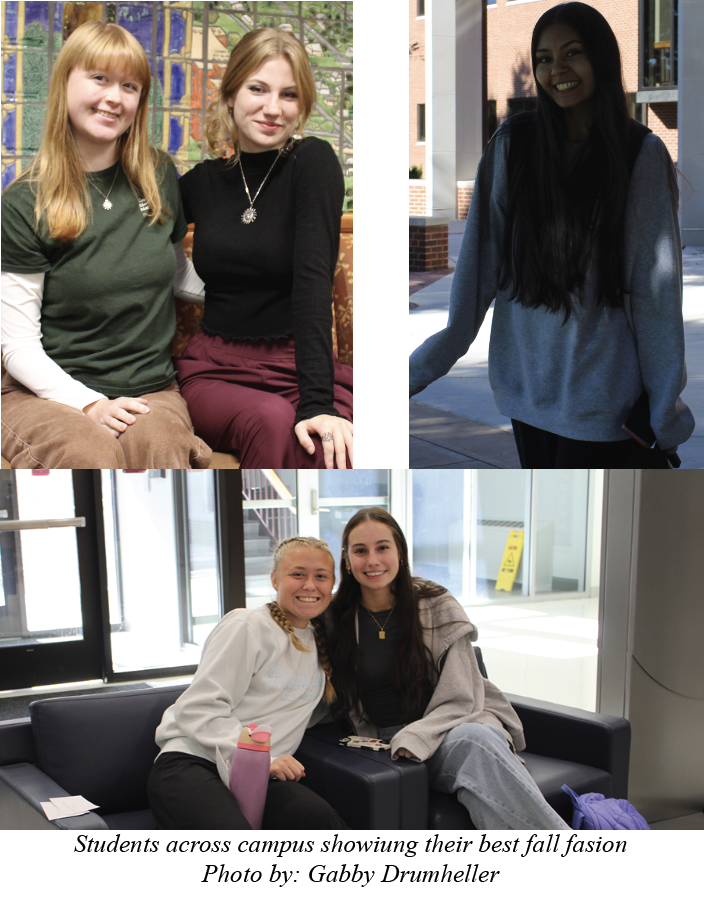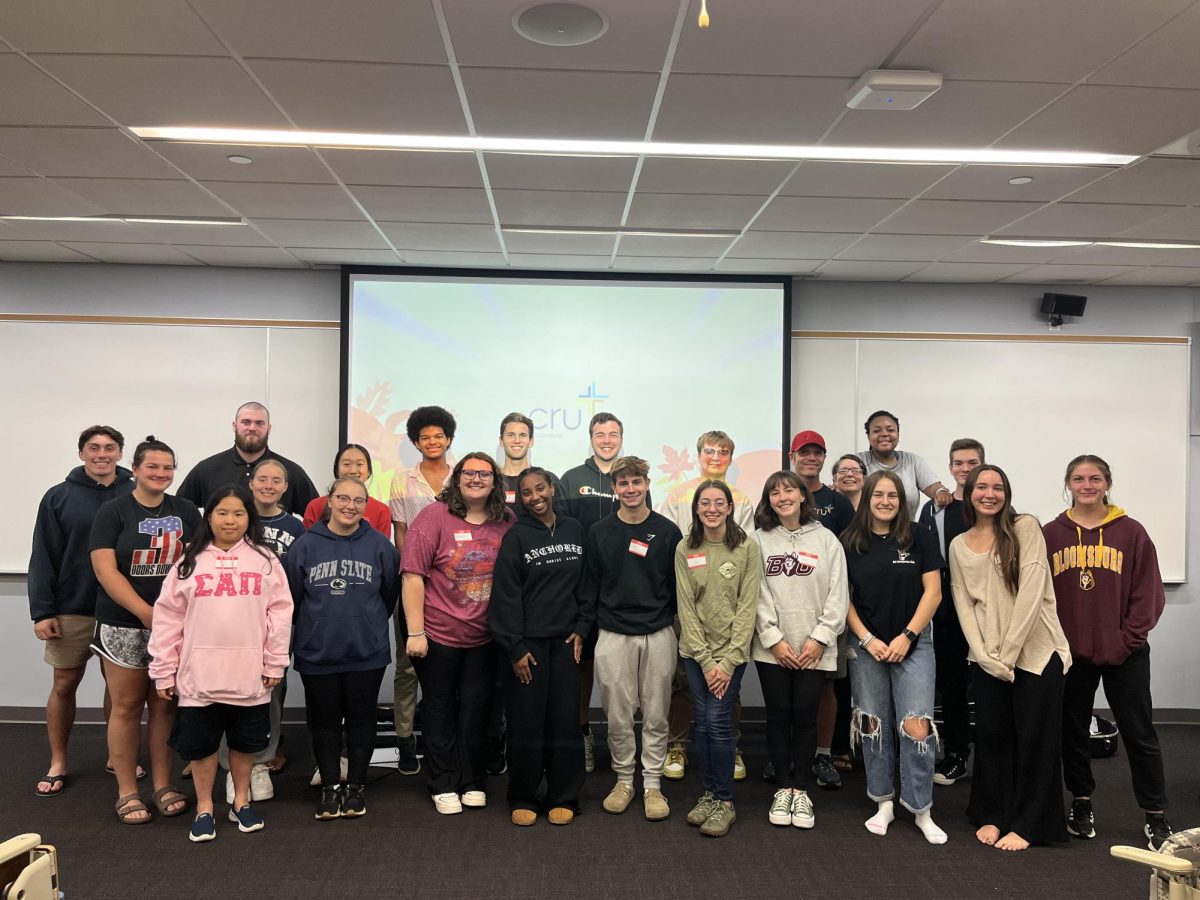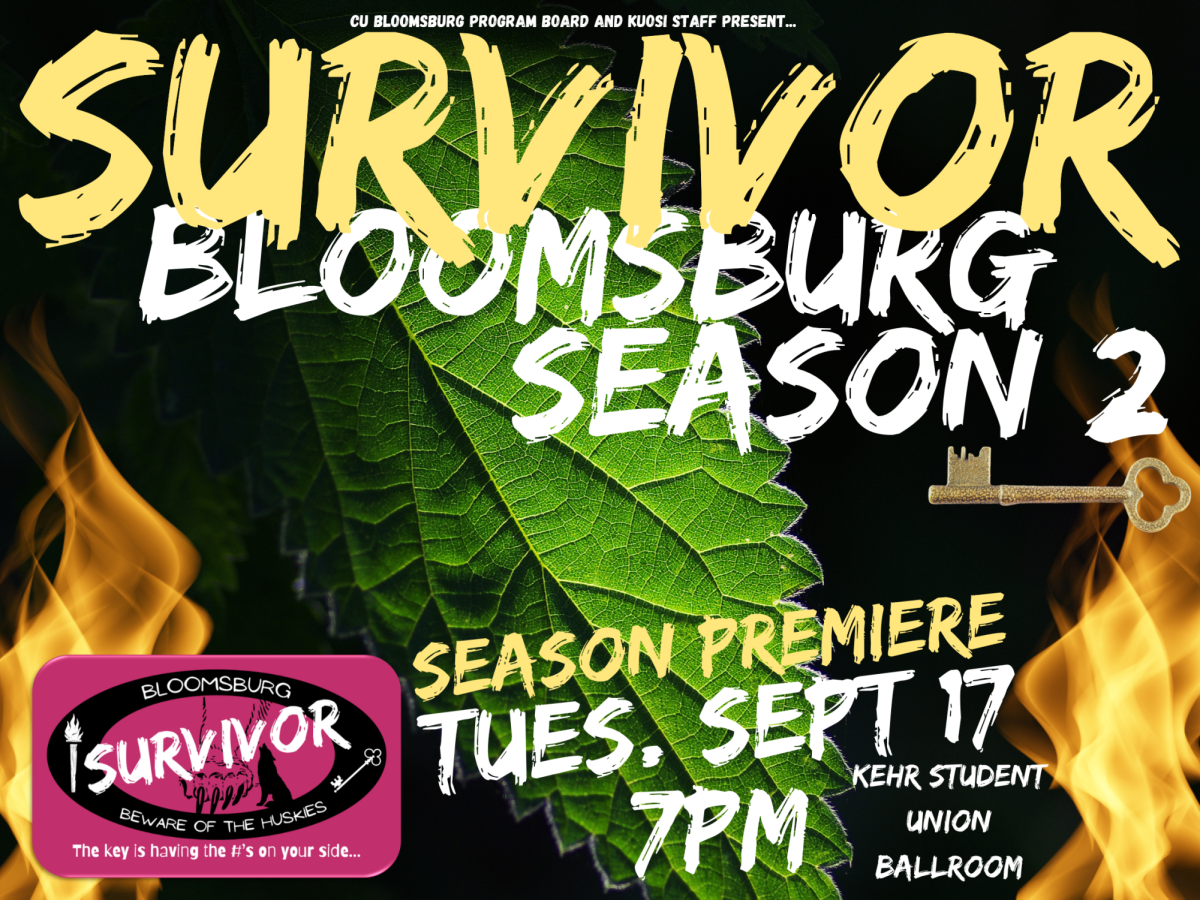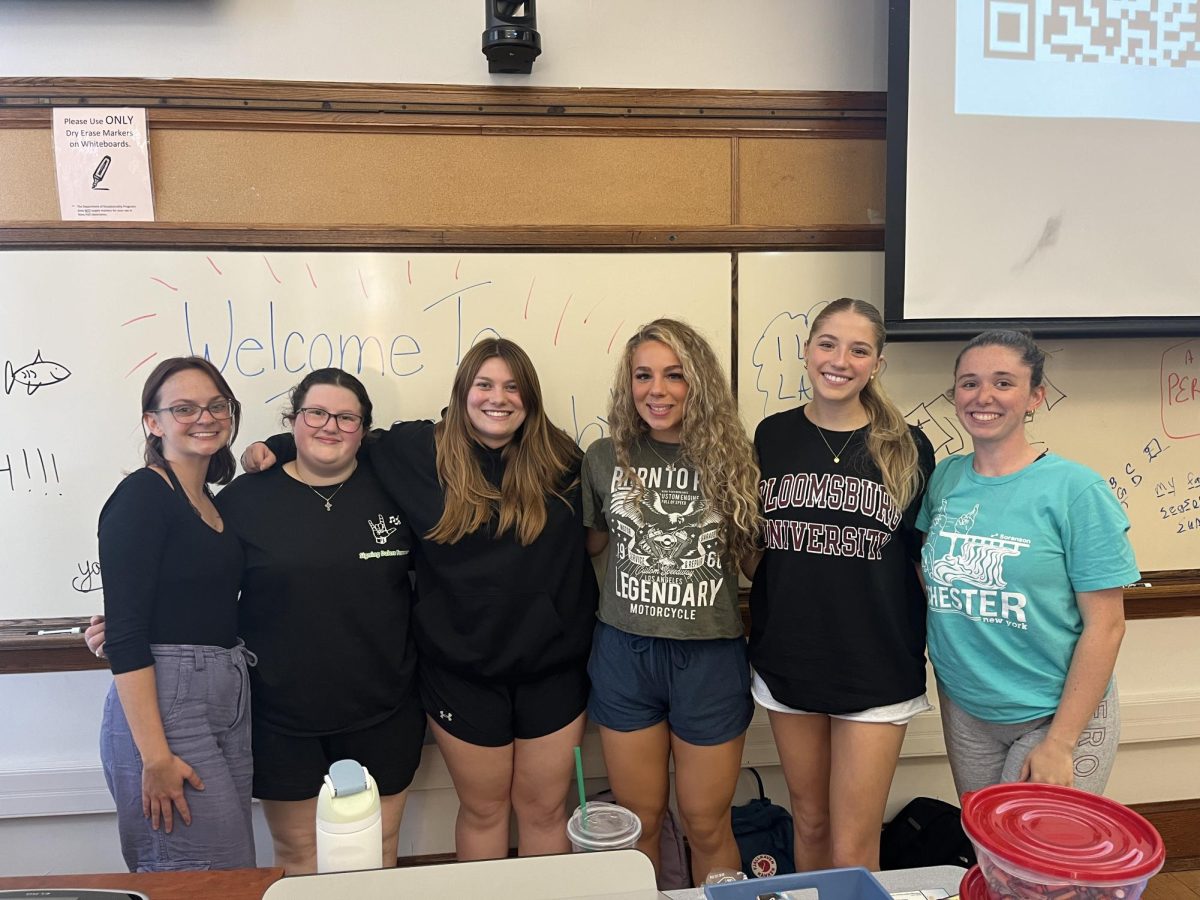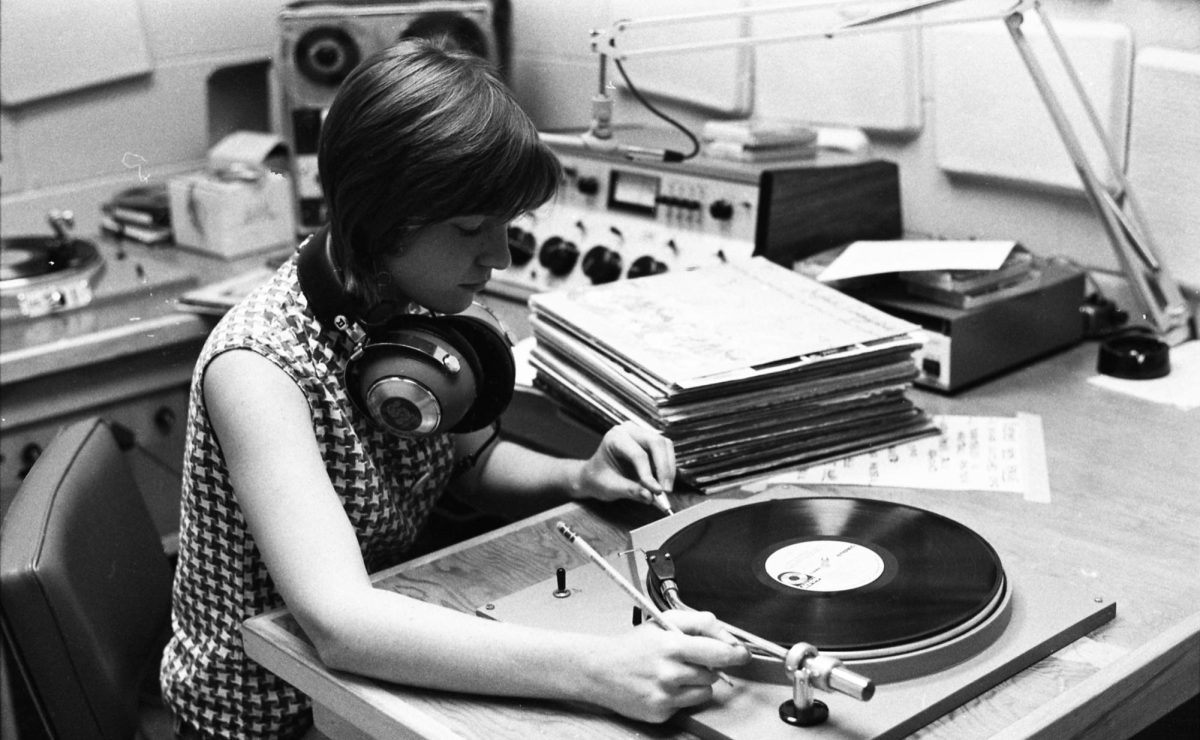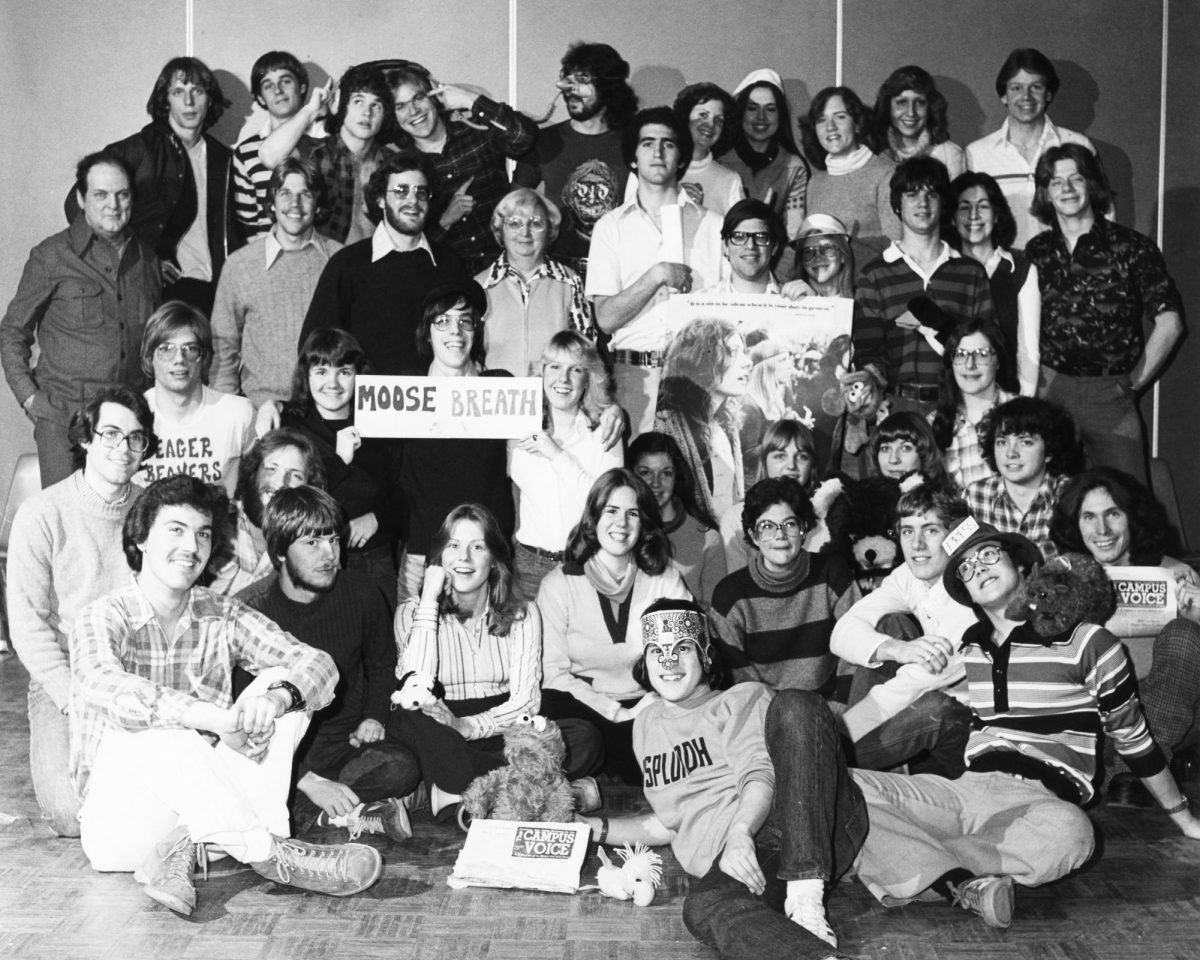Written by Robert Dunkelberger- Archivist, Commonwealth University-Bloomsburg
For nearly 40 years, Bloomsburg has had a formal journalism program, and its majors have been the primary contributors to the student newspaper. Yet for most of Bloomsburg’s history, it was written by education majors studying to become teachers.
The first newspaper was a one-time issue dating from March 1923. Less than a year later, 100 years ago on February 20, 1924, came the first issue of the Bloom-In-News. The students of the then Bloomsburg State Normal School felt a paper was needed by the school’s students, faculty, and alumni, so a group of faculty and students got together to start one. That fall, the paper was renamed the Maroon and Gold, which it would be known as for 50 years. The first editor-in-chief was Walter Benninger, a 1924 graduate studying to teach in the rural schools.
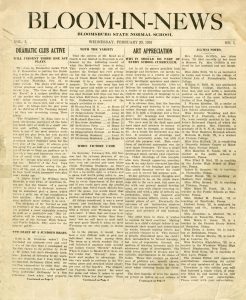
In the early decades, the newspaper focused on campus events, primarily athletics, but also on social activities such as dances. It covered in some detail an event that combined the two, the first official Homecoming in 1928. Gradually, features were added, one being Letters to the Editor, with the first known ones appearing in 1939.
The first major outside event greatly affecting both the campus and the newspaper was the Second World War. When enrollment plunged in 1942 as most college-age men went into the military or industries to support the war effort, they were replaced by United States Navy cadets. The cadets came to Bloomsburg to learn to become flight instructors and officers and participated in social events and comprised the rosters of the sports teams. The newspaper covered their activities and how the civilians on campus could do their part.
After the war ended in 1945 and for the next two decades, the campus grew in size, the college in enrollment, and the newspaper was there to cover it. Staff photographers documented the changes visually, preserving in time the experiences of the students. For a number of years, up through 1962, the physical paper itself was of higher quality, printed on glossy stock that still looks new and did not age and yellow like typical newsprint.
Since many activities, customs, and traditions of a college are repeated year after year, the paper made it a point to report them. One was freshman customs, the mild hazing ritual first-year students went through until 1971. Several issues each fall would be filled with photographs of what freshmen went through to be indoctrinated into college life.
The most abrupt changes to the newspaper took place beginning in the late 1960s. The decade of the ‘60s was one of change, upheaval, and protest, as young people, especially college students, questioned what was going on, especially concerning the war in Vietnam. At first, the student paper continued as it had been, concentrating on college life, until an unofficial, underground newspaper, the Gadfly, was established in 1967. It questioned everything and stirred up the administration. To become more relevant, the Maroon and Gold adopted the Gadfly’s style of reporting critically on campus, national, and international events. The look of the student paper changed, with more stylized and contemporary designs that mirrored the era.
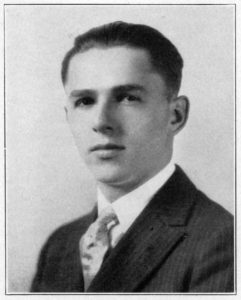
This was the general pattern throughout the 1970s and finally involved a name change. In January 1975, after 50 years, the student paper was renamed the Campus Voice, which is exactly what it considered itself to be, a representation of what the students of Bloomsburg State College wanted to learn about their school. The paper stayed the Campus Voice until September 1983. That month, the college celebrated becoming Bloomsburg University, and its student newspaper became known simply as the Voice.
During the 1980s, the newspaper was published more frequently than ever before. After coming out monthly or at most weekly for most of its history, from 1982 to 1986, it was issued three times a week, with 24 pages of content. For 1986-87, it was reduced to two, 8-page issues each week, but the physical size became that of a traditional newspaper, which it remained until this past fall when it switched to a tabloid format.
The physical size wasn’t the only change during this period. The size made The Voice similar to commercial newspapers, but what further updated the content was the syndicated material in addition to that created by the staff. Stories came from The Washington Post, and comics, crossword puzzles, and word searches were added. The students who contributed to the paper also had a new home. Before 1986, journalism classes were divided between the English and Communications Studies departments. That year, the Department of Mass Communications, now Media & Journalism, was created to centralize the curriculum of budding journalists.
In 2000, color became a standard feature, even if at first limited to the front and back pages, and the Voice continued its digital presence. Work was done to preserve the newspaper’s past, with all issues dating back to 1924 first microfilmed and then digitized. Originally hosted by an outside vendor, currently, the issues of the paper up to 1998 are being added to the campus Institutional Repository managed by Andruss Library.
The Bloomsburg student newspaper has been an important presence on campus for 100 years, and it is a milestone worth celebrating. The Archives on the third floor of the library are hosting an exhibit, “100 Years of Reporting the News: Highlights from the Bloomsburg Student Newspaper,” as well as a display of images taken by a staff photographer in the 1970s. Come and see the history that has been documented and created for a century by your student newspaper.


